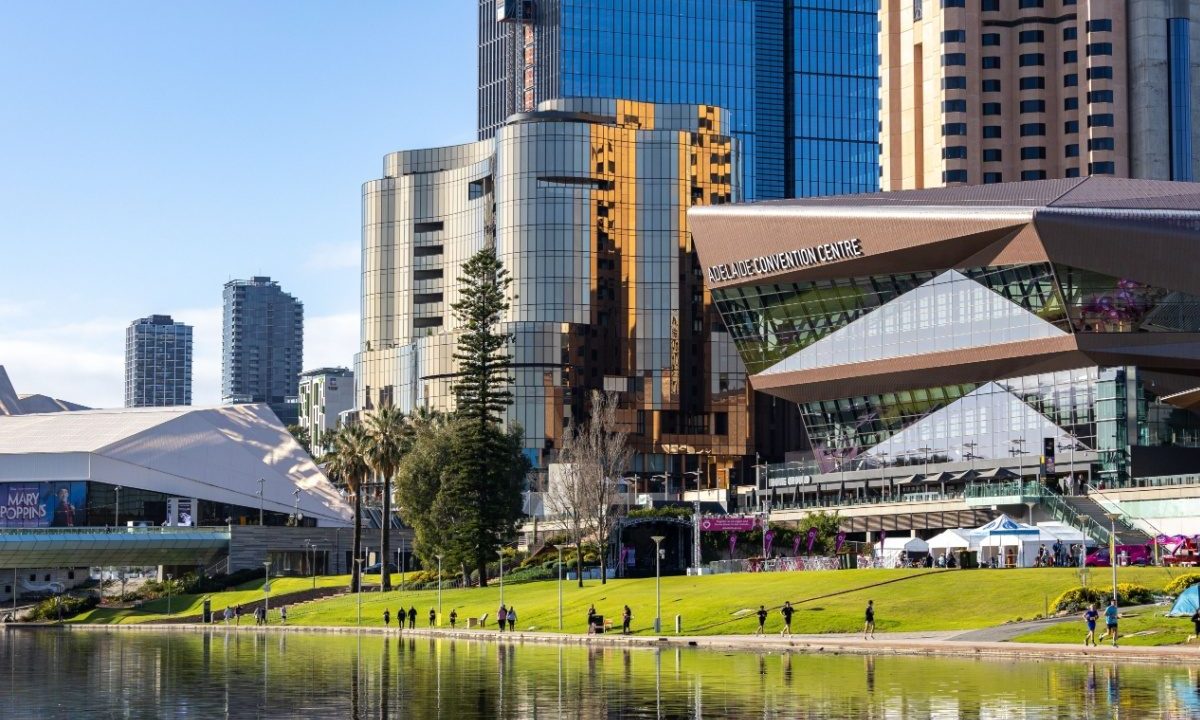
Australia’s real estate market is undergoing significant changes, with notable trends emerging across the country. While cities like Sydney and Melbourne continue to experience soaring property prices, suburban and rural areas are becoming attractive alternatives for those seeking more affordable investment opportunities. Among these, Adelaide stands out as a city experiencing a surge in housing prices, offering both challenges and opportunities for buyers and investors alike.
Adelaide’s Growing Appeal
Adelaide, often considered one of Australia’s more affordable capital cities, has seen a steady increase in housing prices over the past few years. This growth is driven by several factors:
- Population Growth: Adelaide’s population has been growing as more people move to South Australia, drawn by the region’s relaxed lifestyle, employment opportunities, and lower cost of living compared to the eastern capitals.
- Affordability: While Adelaide was once viewed as a more affordable market, the city is experiencing rising demand for housing, pushing property prices upward. Buyers from cities like Sydney and Melbourne are drawn to Adelaide’s comparatively lower prices, but competition has increased, narrowing the affordability gap.
- Infrastructure Development: Significant investments in Adelaide’s infrastructure, including public transport and road networks, have improved connectivity between the city and surrounding areas. This has made suburban regions more desirable, fueling demand for properties in these locations.
- Regional Investment: Similar to other parts of Australia, Adelaide’s surrounding suburban and rural areas are witnessing a growing interest from investors. As central areas become more expensive, suburban neighborhoods offer greater affordability and growth potential, leading to higher demand.
The Numbers Behind the Rise
Adelaide’s housing prices have seen consistent growth over the past two years, with some areas experiencing double-digit percentage increases. According to recent reports, the median house price in Adelaide has surpassed $650,000, a significant jump from previous years. Suburbs such as Unley, Burnside, and Norwood are becoming hotspots, with high demand leading to bidding wars and competitive sales.
Additionally, areas further from the city center, such as the northern and southern suburbs, are also witnessing substantial price growth. This is driven by both investors and first-home buyers who are priced out of central Adelaide but see potential in these developing regions.
Opportunities and Challenges for Buyers and Investors
As Adelaide’s housing market continues to evolve, both opportunities and challenges arise:
- For Investors: Suburban areas around Adelaide offer potential for high capital growth as more people move to these regions. Investors are looking to capitalize on the increasing demand for affordable housing while benefiting from long-term growth in these areas.
- For First-Home Buyers: Despite rising prices, Adelaide remains one of the more accessible capital cities for first-home buyers. However, with increased competition, it’s crucial for buyers to act swiftly and be prepared to pay more than the initial asking price in competitive markets.
- Sustainable Growth: With the rising demand, questions are being raised about the sustainability of this growth. While Adelaide’s housing market currently presents significant opportunities, some analysts warn of potential challenges, such as interest rate fluctuations or market saturation in certain suburbs.
Adelaide’s property market is undergoing a transformation, driven by rising demand, population growth, and infrastructure development. As prices in suburban and regional areas continue to rise, the city presents a mix of opportunities and challenges for buyers and investors. Whether you’re looking to buy your first home or invest in a growing market, understanding the trends shaping Adelaide’s housing landscape will be key to making informed decisions.
For those considering entering the market, now is a crucial time to explore options, particularly in suburban areas where affordability and growth potential remain strong. As the city continues to evolve, so too will the opportunities for those ready to seize them.

